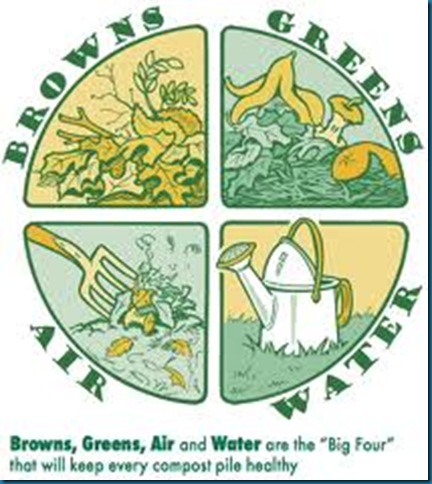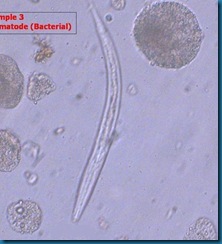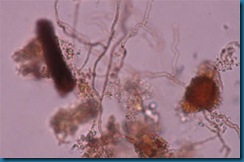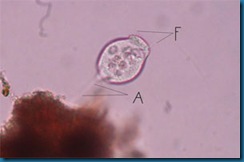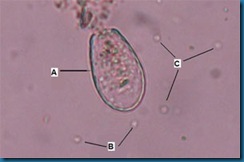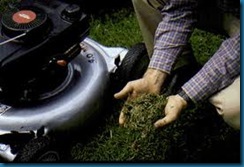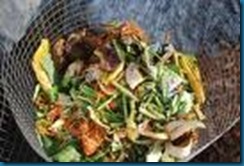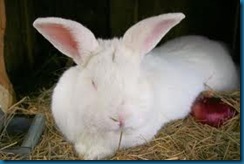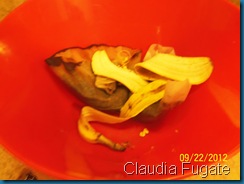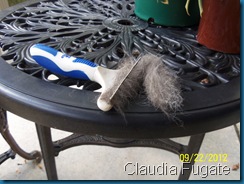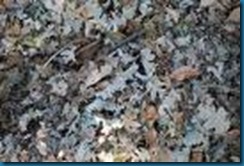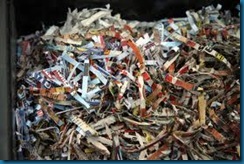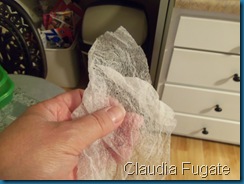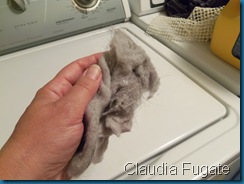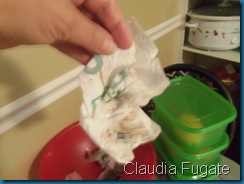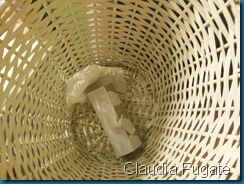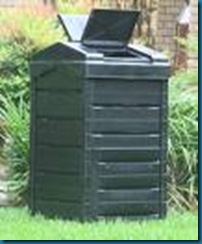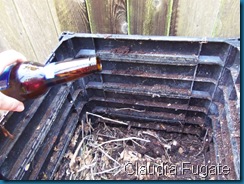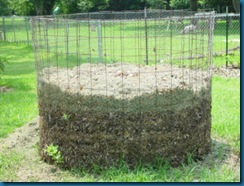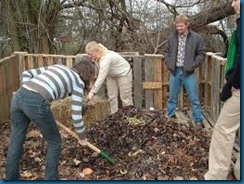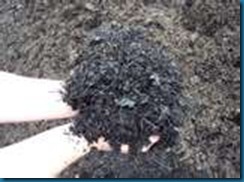Natural Sources Renew the Soil
Organic fertilizers are acquired, gathered, and minimally processed from - you guessed it – natural elements.

I’ve used this picture in my talks to illustrate the many types of organic fertilizer sources. The plants, the livestock, and even the hills, are sources of rich organic materials.
All fertilizers, whether chemical or organic, are labeled with the familiar N-P-K or three numbers, as labeled here with 5-3-3. I want to explain the symbols. Nitrogen is the N. Phosphorous is the P, and Potassium, or sometimes called potash, is the K.
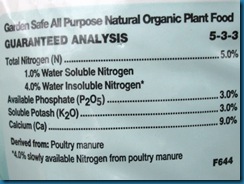
I never could remember what each element provided in the growing cycle of plants. So when I heard this little saying I at least had a reference point.
“Up, Down, All Around.” Simple, and in my mind, simple is good. The N is the UP. Nitrogen feeds the parts of the plant we can see – on top of the soil. The P is the Down – phosphorus feed the roots – and K is the All Around - the health of the plant to withstand adverse growing conditions, and for the plant to grow.
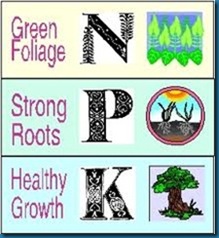
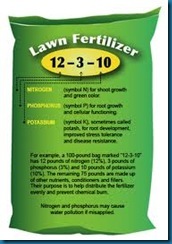
The numbers stated on the fertilizer indicate the percentage of that element in 100 pounds. So in 100 pounds of this product, 12 pounds of it is nitrogen. As this diagram shows, the numbers are percentages of 100 pounds of product. In a fifty pound bag, 12% would be 6 pounds of nitrogen.
Now the basics of N-P-K are stated here very broadly. The idea is that the plant can get its basic nutrition from either chemical and organic fertilizers. The plant does not know the difference between the two sources of nitrogen. It just grows.

The label gives us other information on the source of the fertilizer. Is it 100% Organic, (just) Organic, or Natural? 100% Organic products require the product to have ONLY organically produced ingredients. This was determined by the three year stipulation of restricting pesticides, herbicides, chemical fertilizers, or any other chemical for the prior three years.This insures that no chemicals are affecting the growth process. Farmers and breeders have to certify their process before the 100% USDA Organic can be displayed on the label.

If the product displays an Organic on the label, that product must be at least 95% organic, and the other 5% ingredients must be on an approved list of ingredients. Certain processing methods are not permitted – such as using sewage sludge or ionization radiation. These products may use the USDA Organic label.
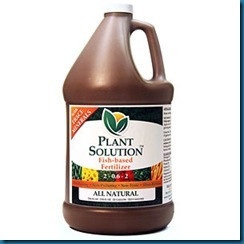
The third labeling that gives us indications of the source of the product is Natural. In this instance, the product must be 70% organic and must list three organic ingredients. This label may not use the USDA Organic label.
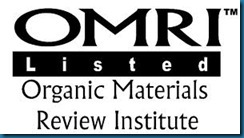
The OMRI ™ is a symbol that products have met certain standards. The producer of a products submits the product for review and for a fee, the product is analyzed. This symbol is similar to the Good Housekeeping Seal of Approval seen on products. The stipulation I’d like to made here is that knowing the OMRI™ seal is absent from a label does not mean the products is not organic. It just means the manufacturer didn’t not pay to have the product reviewed.
The nature of the label can give is the source of the organic fertilizer. And, in turn, the lack of listed ingredients on a label should be a indication that what we don’t know CAN hurt us. Take time to read label is the difference in organics or chemicals.
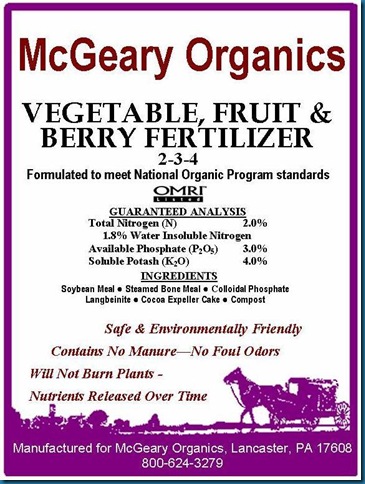
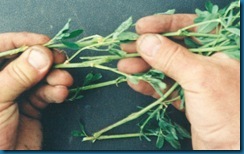
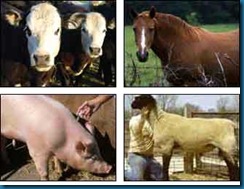

Organic fertilizers have three origins – animals, plants, and minerals. Here you may questions me – minerals were never alive. True, but the inclusion of minerals as natural (and not man-made) has a place in the soil life cycle. Microbes ingest minerals, and then excrete enzymes at the roots of plants that make nutrients available. Many soil deficiencies are due to a lack of some mineral and replacing that mineral is going to be key in the plant health.
In the next article, I’ll discuss Plants Used for Organic Fertilizers. What plants, and what nutrients do they provide?
I no longer have an affiliation with McGeary Organics. I just really like the products.
Thanks for stopping by. Please leave a comment - I love hearing from my readers.

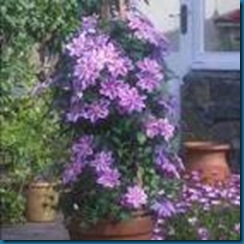


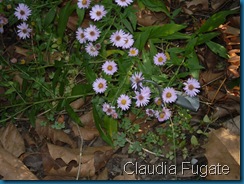
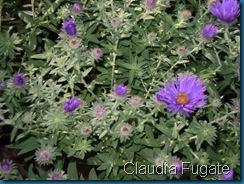
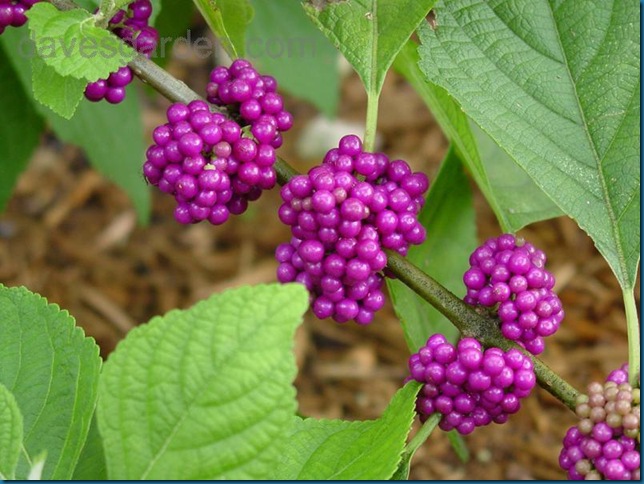

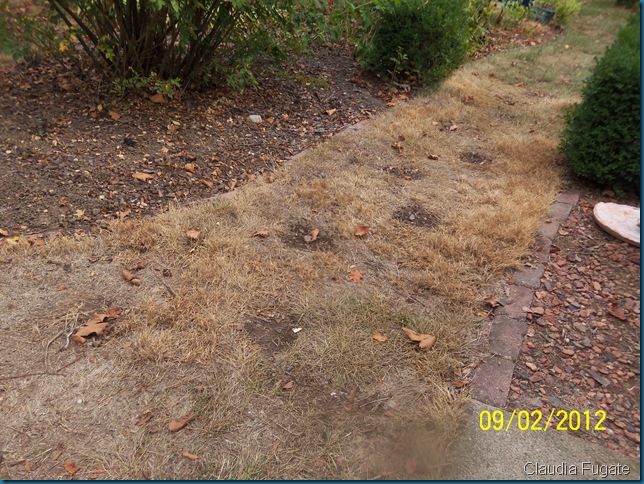
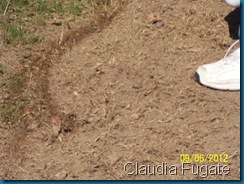


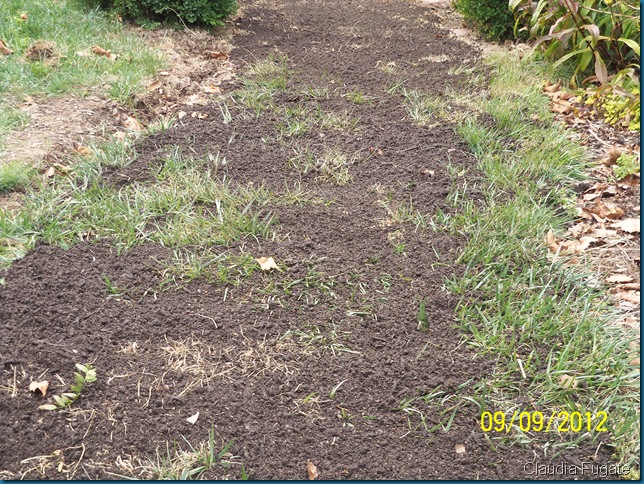
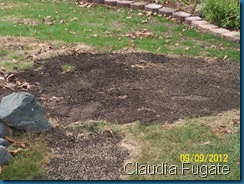
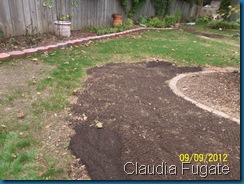
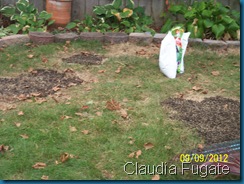
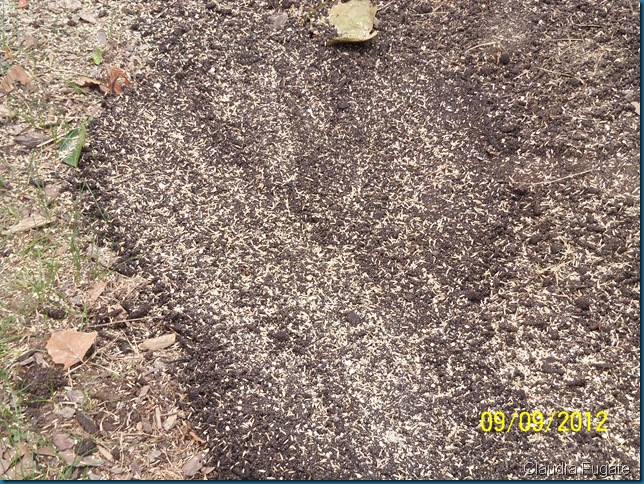
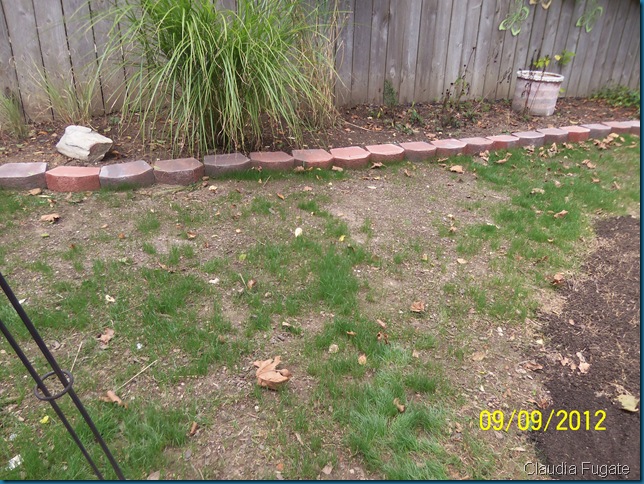
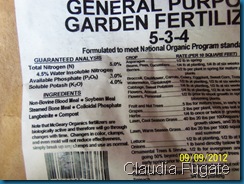

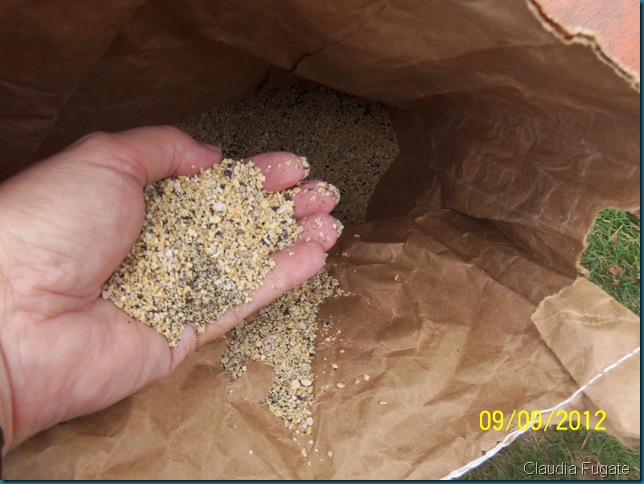

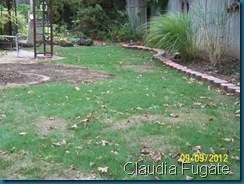

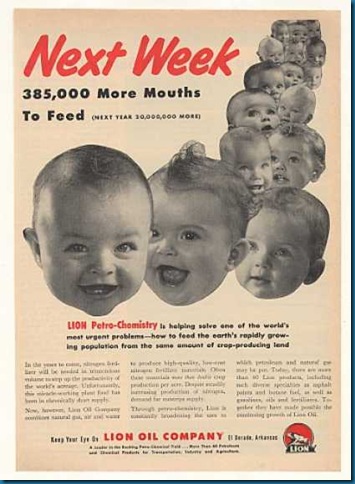
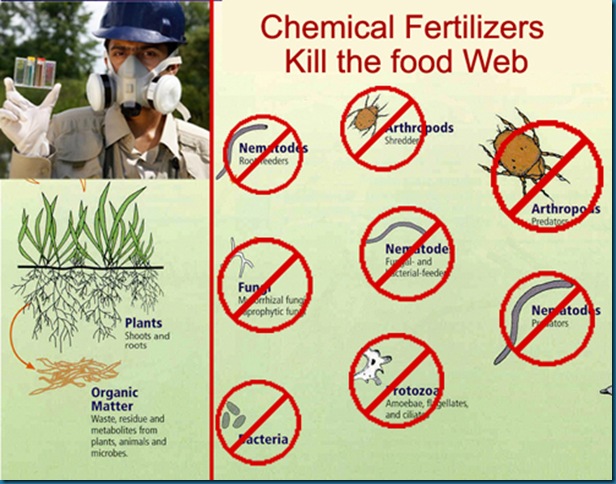
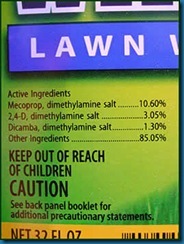
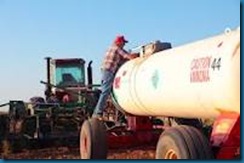
![image_thumb3[1] image_thumb3[1]](http://lh6.ggpht.com/-1qdI1gdHH3U/UF4u9ebKPZI/AAAAAAAAEXQ/cLEwaNQqnnM/image_thumb3%25255B1%25255D_thumb%25255B3%25255D.png?imgmax=800)


